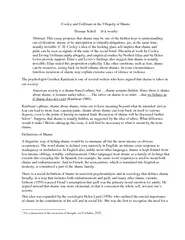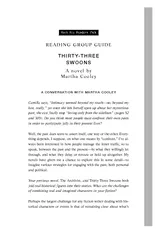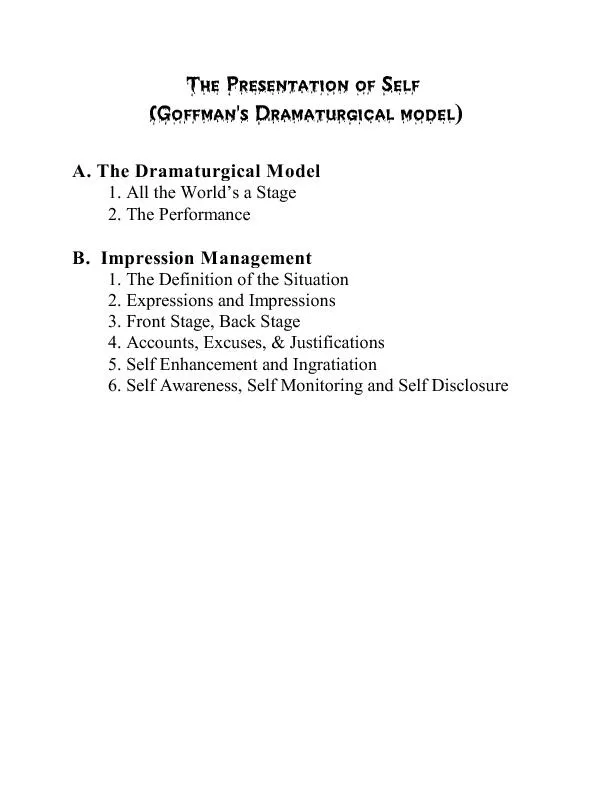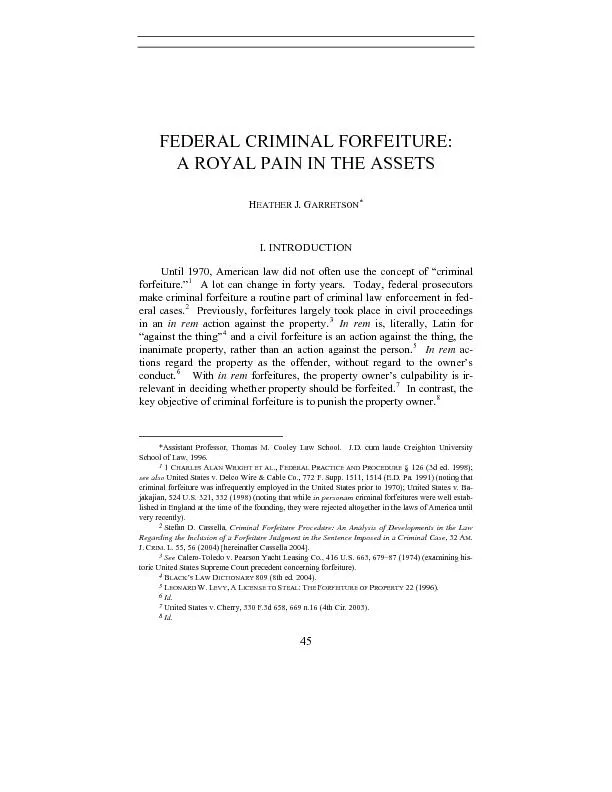PDF-Cooley and Goffman on the Ubiquity of ShameThomas Scheffk words)Abstra
Author : jane-oiler | Published Date : 2015-09-06
American society is a shamebased culture but 133shame remains hidden Since there is shame about shame it remains under taboo 133The taboo on shame is so strict 133that
Presentation Embed Code
Download Presentation
Download Presentation The PPT/PDF document "Cooley and Goffman on the Ubiquity of Sh..." is the property of its rightful owner. Permission is granted to download and print the materials on this website for personal, non-commercial use only, and to display it on your personal computer provided you do not modify the materials and that you retain all copyright notices contained in the materials. By downloading content from our website, you accept the terms of this agreement.
Cooley and Goffman on the Ubiquity of ShameThomas Scheffk words)Abstra: Transcript
Download Rules Of Document
"Cooley and Goffman on the Ubiquity of ShameThomas Scheffk words)Abstra"The content belongs to its owner. You may download and print it for personal use, without modification, and keep all copyright notices. By downloading, you agree to these terms.
Related Documents














![[DOWNLOAD]-Erving Goffman and Modern Sociology (Key Contemporary Thinkers)](https://thumbs.docslides.com/956282/download-erving-goffman-and-modern-sociology-key-contemporary-thinkers.jpg)